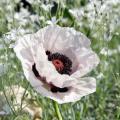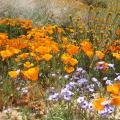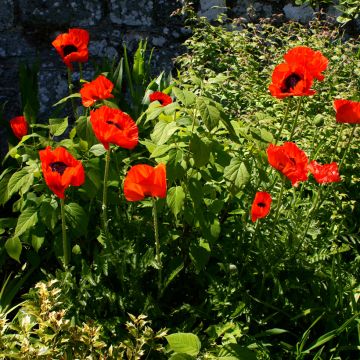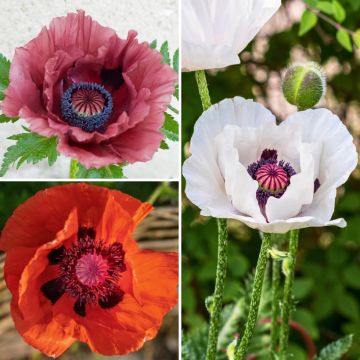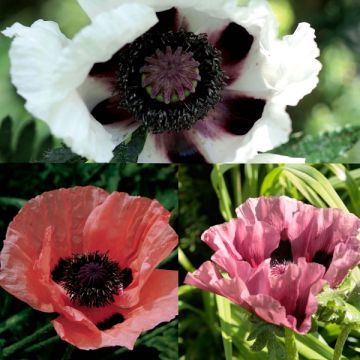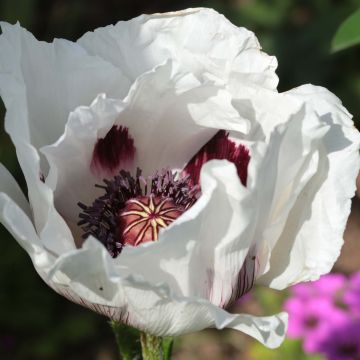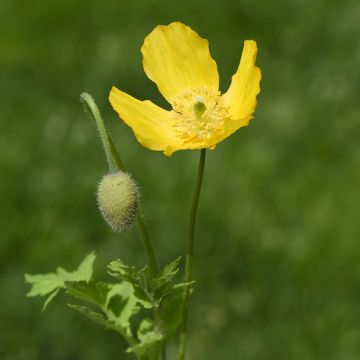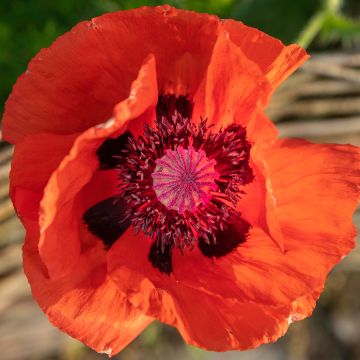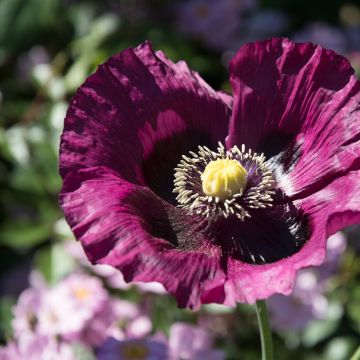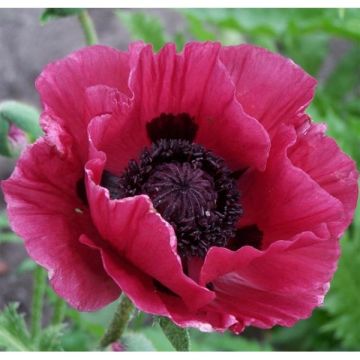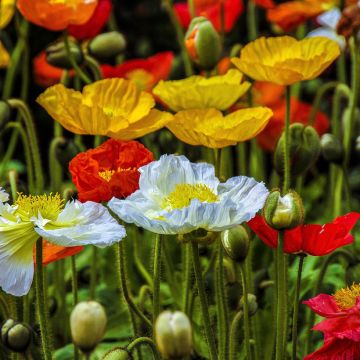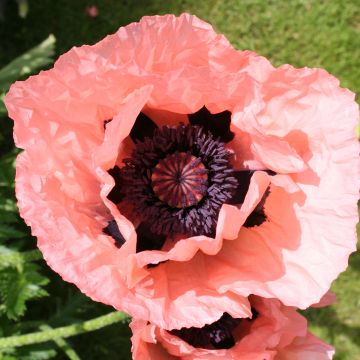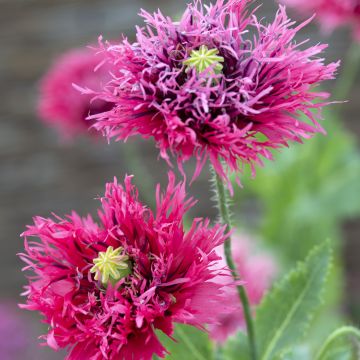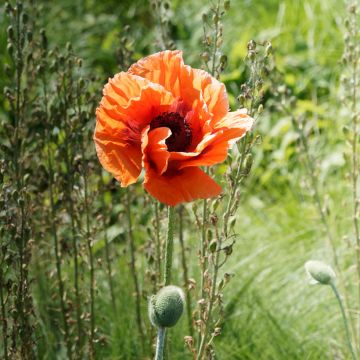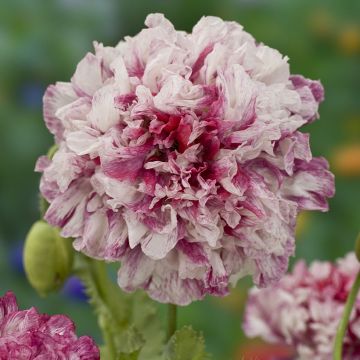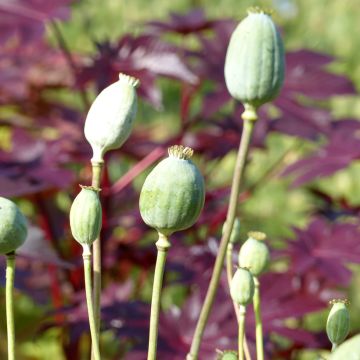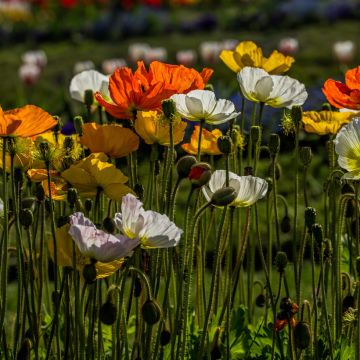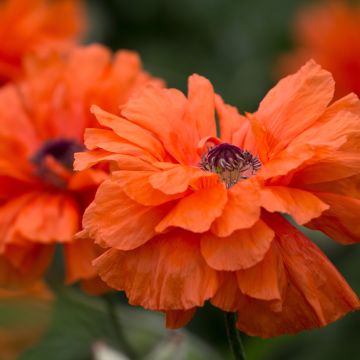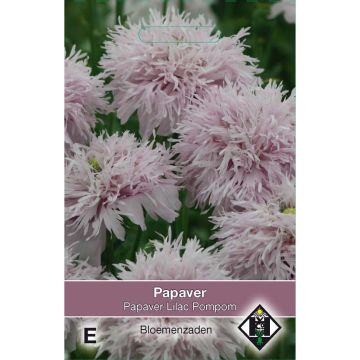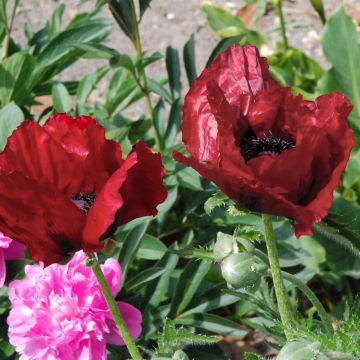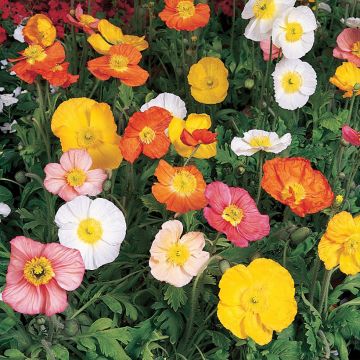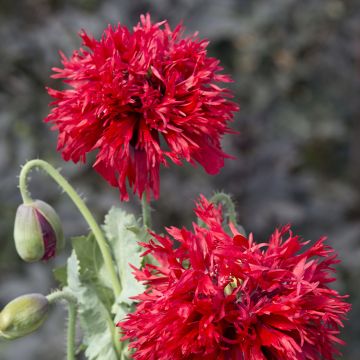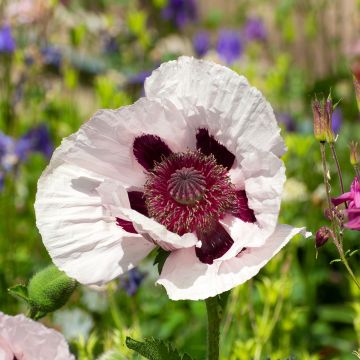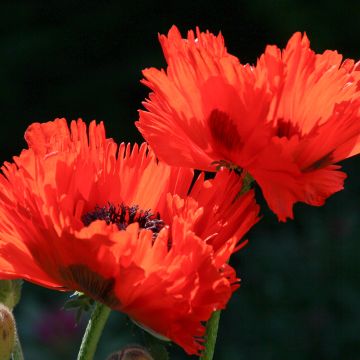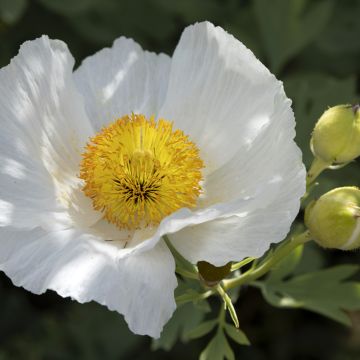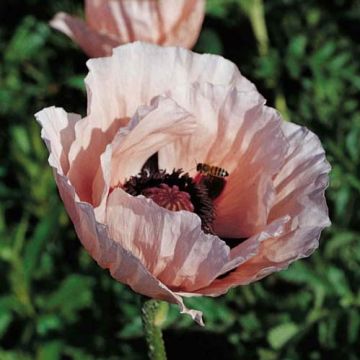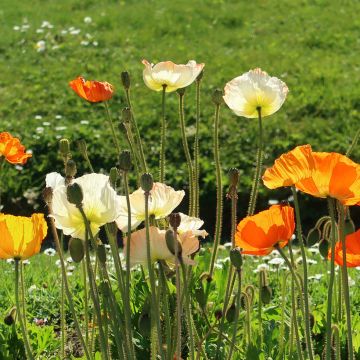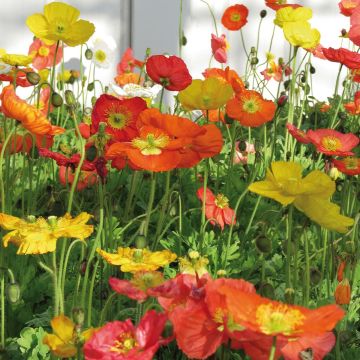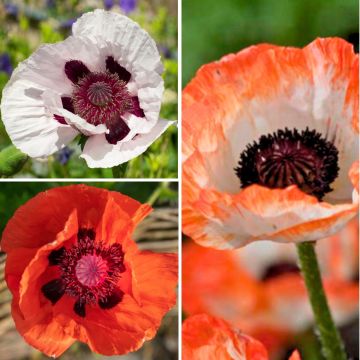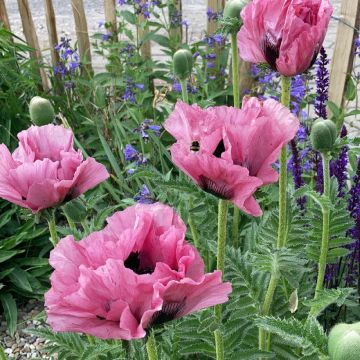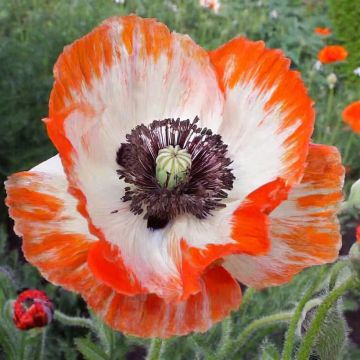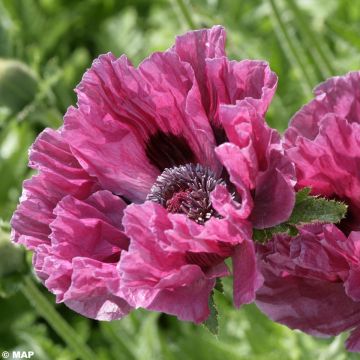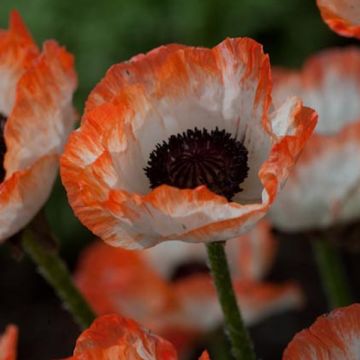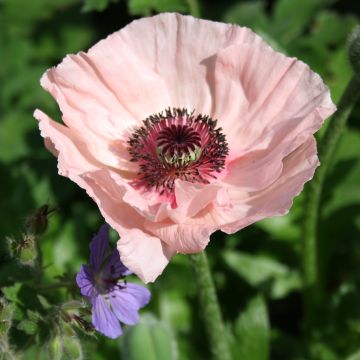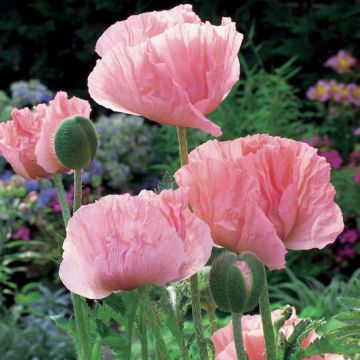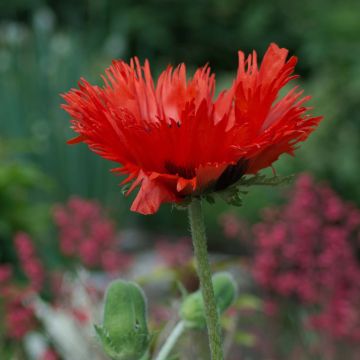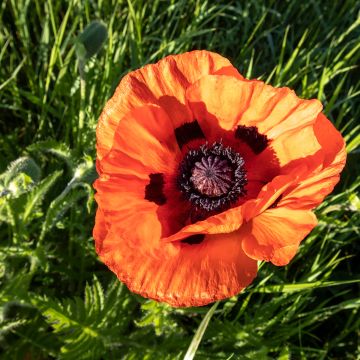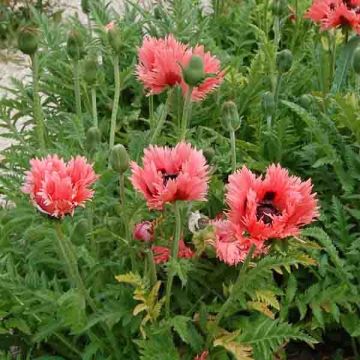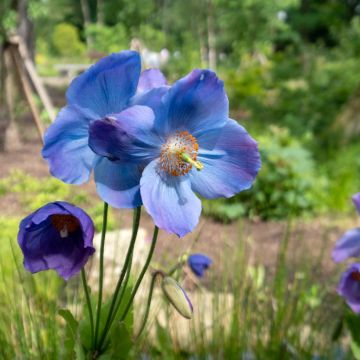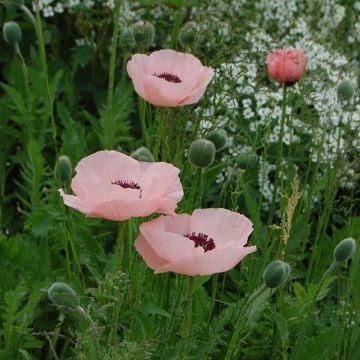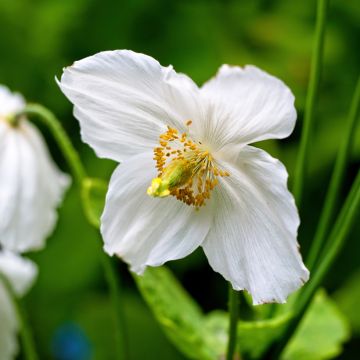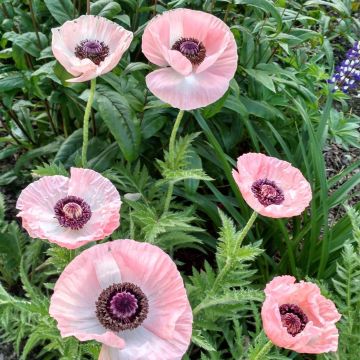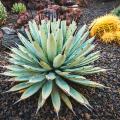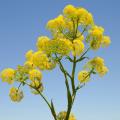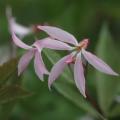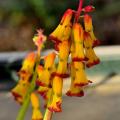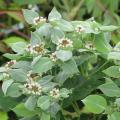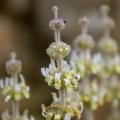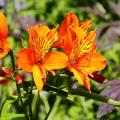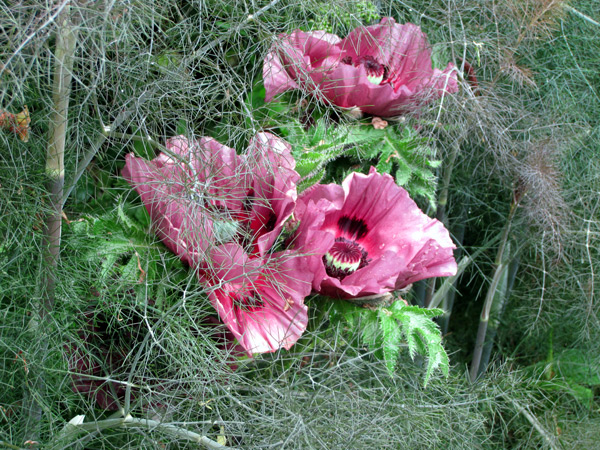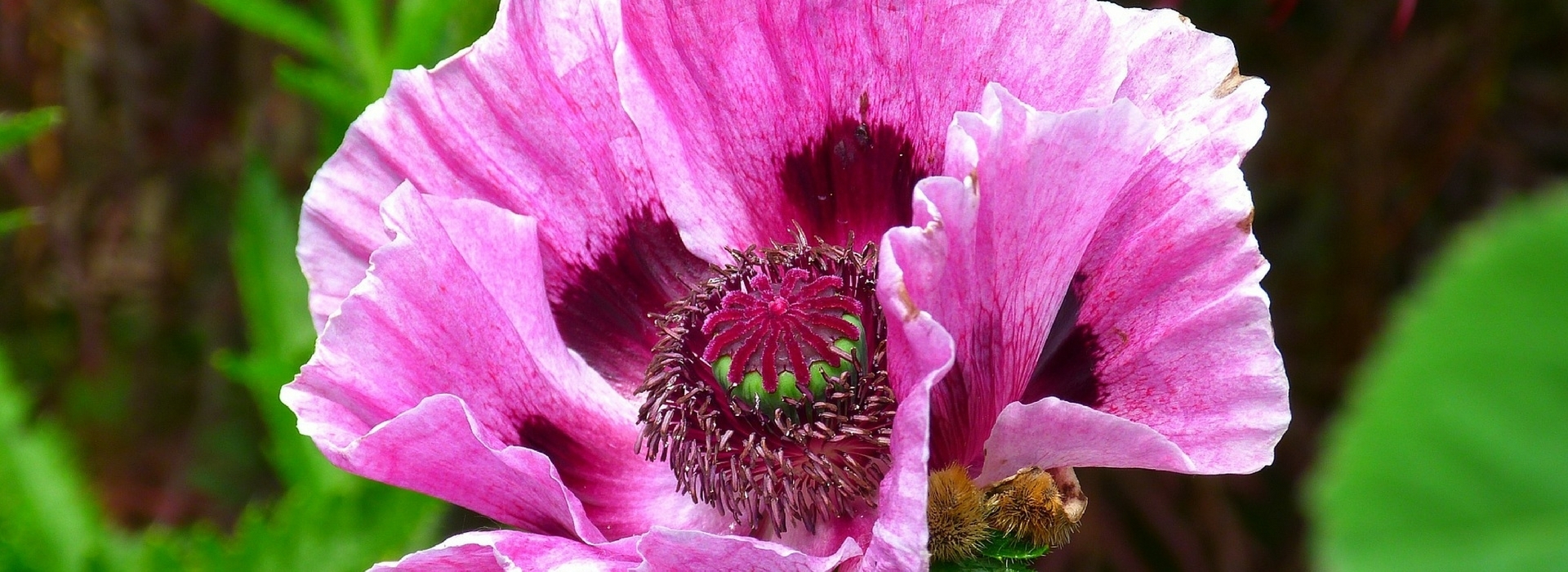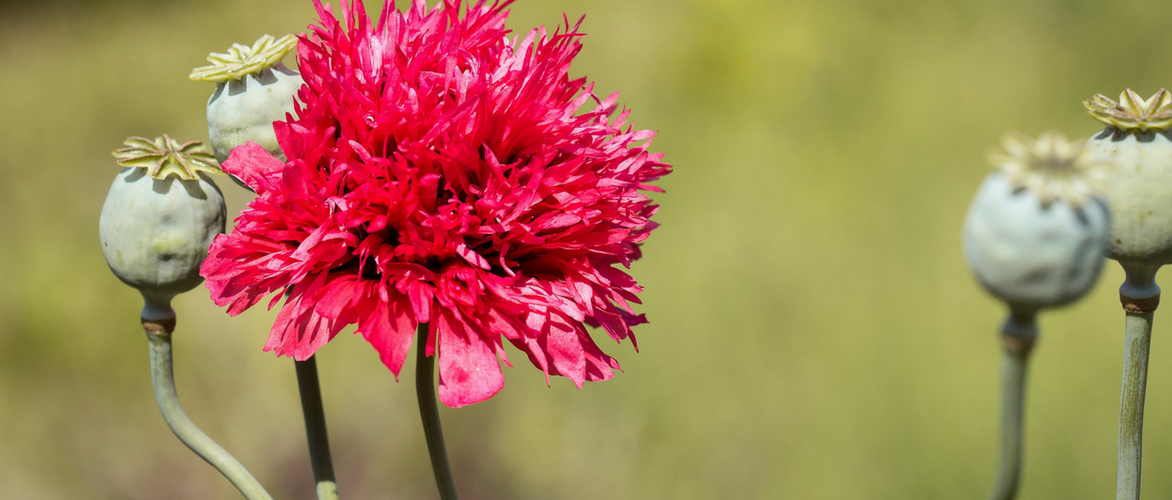Papaver - Poppies
Would this plant suit my garden? Set up your Plantfit profile →
Available in 1 sizes
Available in 0 sizes
Available in 3 sizes
Available in 0 sizes
Available in 1 sizes
Available in 1 sizes
Available in 1 sizes
Available in 1 sizes
Available in 2 sizes
Available in 1 sizes
Available in 1 sizes
Available in 2 sizes
Available in 1 sizes
Available in 1 sizes
Available in 1 sizes
Available in 1 sizes
Available in 1 sizes
Available in 1 sizes
Available in 1 sizes
Available in 1 sizes
Available in 1 sizes
Available in 1 sizes
Available in 3 sizes
Available in 1 sizes
Available in 1 sizes
Available in 2 sizes
Available in 1 sizes
Available in 2 sizes
Available in 2 sizes
Available in 1 sizes
Available in 2 sizes
Available in 0 sizes
Available in 1 sizes
Available in 2 sizes
Available in 2 sizes
Available in 1 sizes
Available in 2 sizes
Available in 2 sizes
Available in 3 sizes
Available in 1 sizes
Available in 1 sizes
Available in 1 sizes
Available in 1 sizes
Available in 2 sizes
Available in 1 sizes
Available in 2 sizes
Available in 1 sizes
Available in 1 sizes
Available in 2 sizes
Poppies are graceful and light plants perfect for natural gardens, flowerbeds, rockerys,or bouquets. Depending on the species (about 70), the green leaves are more or less cut and hairy, and their flowers with 4 petals are hollow cups. The most common perennials are the Oriental Poppies with very large flowers speckled with black or white at the base of the petals, reaching over one meter. Other well-known species include; the poppy (Papaver rhoeas) 60cm (24in) tall, bright red and annual; The Opium Poppy (Papaver somniferum) of which only ornamental varieties with double or fringed flowers are available and, The Icelandic Poppy (Papaver nudicaule) 30cm (12in) tall, with very bright 8cm (3in) yellow, white, orange or pink flowers, perennial but grown as a biennial. The California Poppy is a small annual poppy related to Papavers. All varieties like a light, deep, fertile, well-drained soil in a very sunny position.
You should plant these perennials in spring with 20 to 30 cm (8 to 12in) spacing. Annuals are sown from March to May directly in place, and biennials in May and June. Water regularly until flowering. Cut faded flowers to prevent rapid spread of annuals.
Haven't found what you were looking for?































